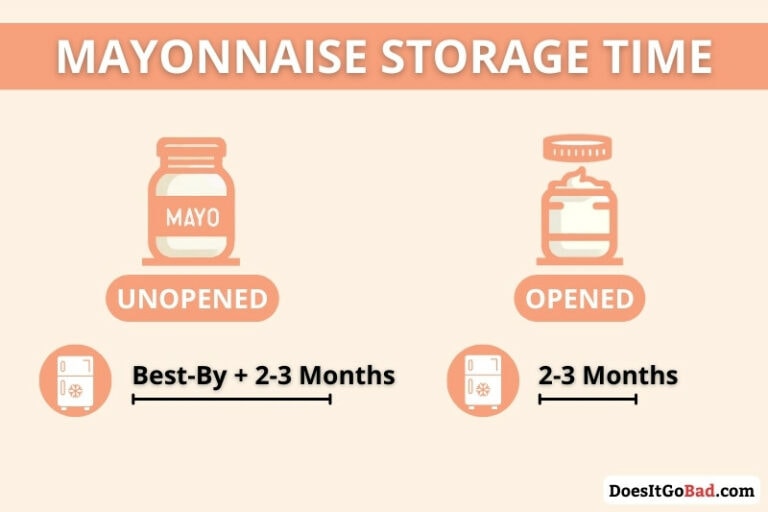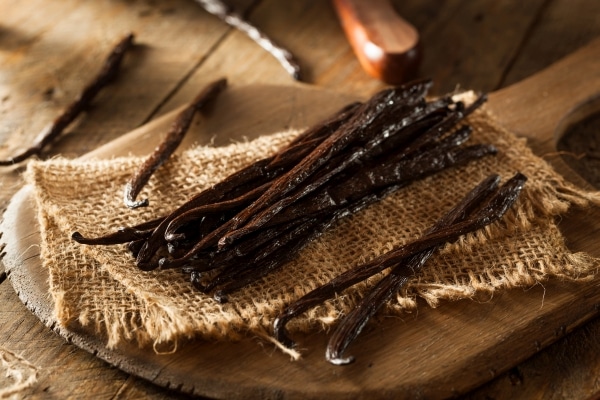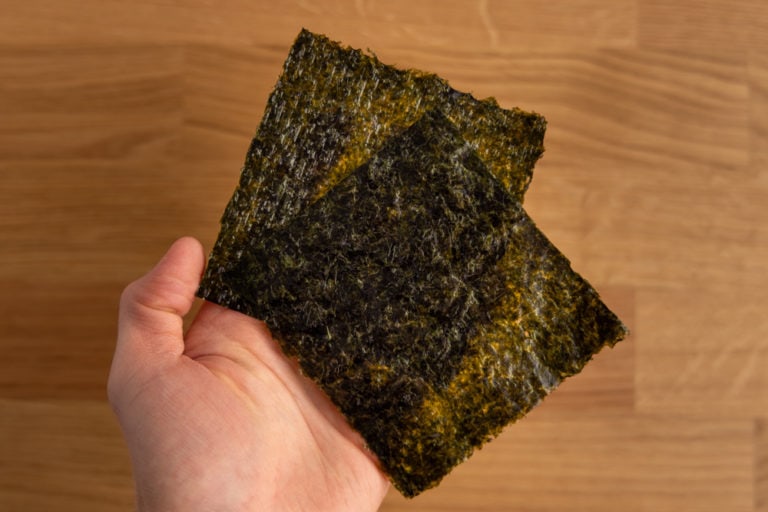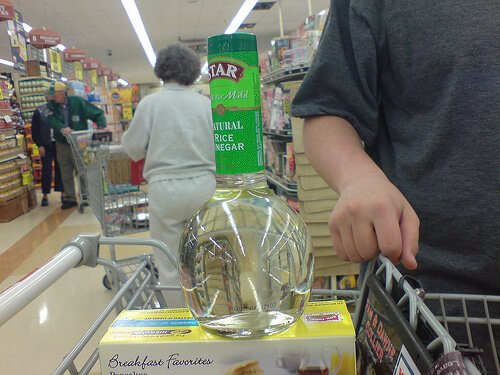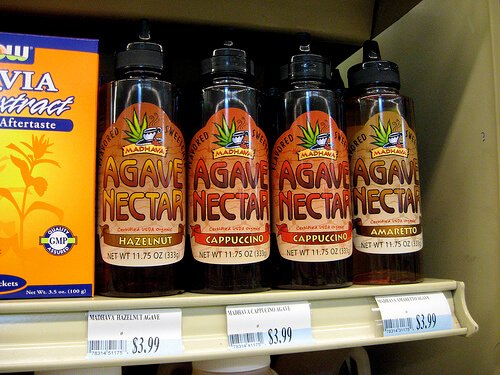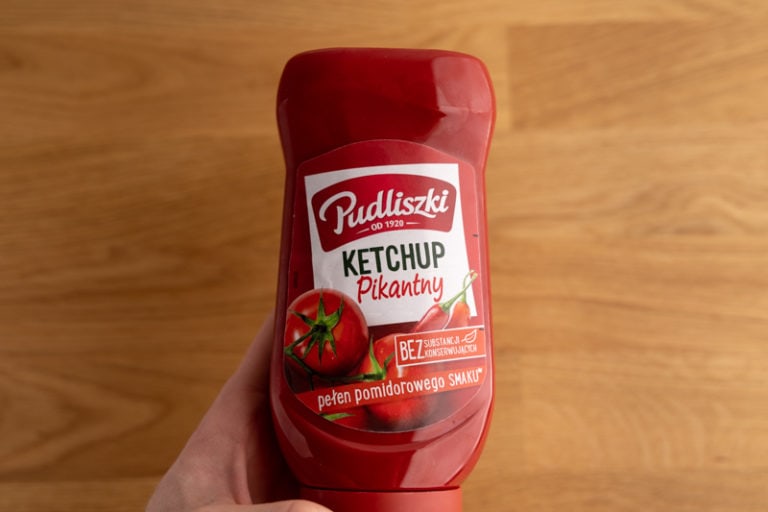Does Balsamic Vinegar Go Bad?
If you don’t use balsamic vinegar regularly, it will sit in the cabinet for quite some time. Since it’s used in small quantities, the question “does balsamic vinegar go bad?” comes up quite often.
If you use this condiment only when preparing balsamic vinaigrette dressings, and you’re not a huge fan of salads, that bottle can sit in the pantry for months or even years.
I know that because I have one that’s opened for over three years now and I still use it from time to time. And guess what, the vinegar tastes as it should and does a great job of adding a little acidity and some sweetness to salad dressings.
If you’d like to learn more about storage, shelf life, and if balsamic vinegar can spoil, read on.
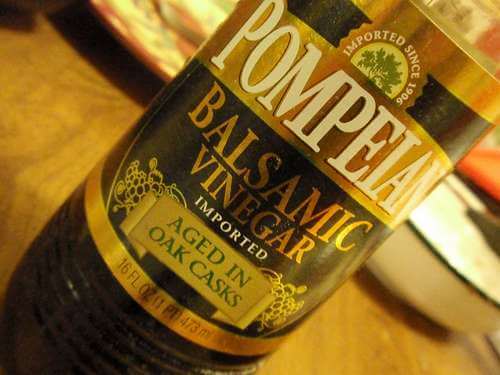
How To Store Balsamic Vinegar
Storing balsamic vinegar is the easiest thing on the planet. Keep it in some cool and dark place, preferably in the pantry. The reason being that a lot of heat and sunlight can alter the flavor of this liquid.
After opening the bottle for the first time, you need to make sure you close it tightly after each use and put it back where it belongs.
That’s about it when it comes to storage of balsamic vinegar. That means that balsamic vinegar does not need to be refrigerated.
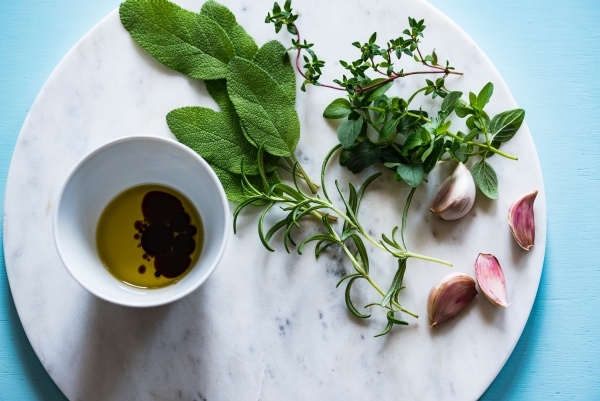
How Long Does Balsamic Vinegar Last
Now it’s time to discuss two kinds of balsamic vinegar that you can find on the market. The first one is the traditional balsamic vinegar. It’s aged in wooden barrels for many years (12, 18, or even 25) and is expensive. And by expensive I mean it typically costs about $40 for an 8.5 fl oz. (250 ml) bottle.
The second one is “just” balsamic vinegar, without the word “traditional.” To make things easier, let’s call it commercially prepared balsamic vinegar. The production process takes only a few months, and manufacturers add additional ingredients to simulate the taste of the “real” balsamic vinegar. Almost all of us use the commercially prepared version because it’s much cheaper and still tastes good.
Traditional balsamic vinegar, like wine, whisky, or rum gets better with age. Traditionally prepared balsamic vinegar is used sparingly and some people even pass it to younger generations. If properly stored, the vinegar will age well and the flavor will enhance over time.
The commercially prepared one usually comes with a best by date. That date is usually about 3 to 4 years from the production date. Of course, the best by date is there only to inform you how long the vinegar should remain at peak quality. It won’t go bad after right after that date.
Similar to traditional balsamic vinegar, the commercially prepared one will last for years. The difference is the “fake” one doesn’t age well. Over time, its quality very slowly drops, so after several years, it may not taste as good as it used to. Please note that the shelf life of commercial balsamic vinegar doesn’t change much after opening the bottle.
| Pantry | |
|---|---|
| Traditional Balsamic Vinegar | 20+ Years |
| Commercially Prepared Balsamic Vinegar | “Best by” + 3 years |
Please note that the dates above are for the best quality. Balsamic vinegar, both traditional and commercially prepared won’t go bad if stored properly.
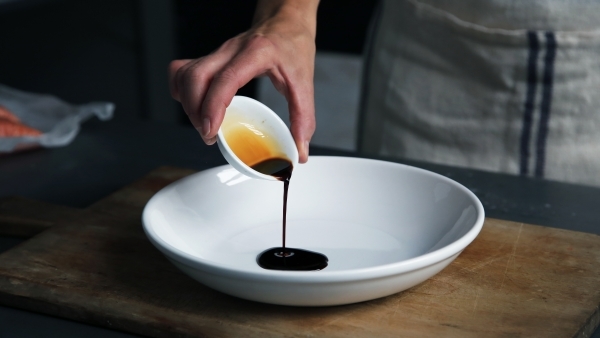
How To Tell If Balsamic Vinegar Is Bad
If stored properly and taken good care of, balsamic vinegar doesn’t go bad. Unless you’ve left the bottle opened and some contaminants got inside, balsamic vinegar doesn’t spoil.
If you stored it in questionable conditions, or it might’ve been left open for some time, it’s better to stay on the safe side and get rid of it.
If there’s something noticeably wrong with the liquid, like it smells off, the color or taste changed, get rid of it. Such issues are highly unlikely but might happen.
Vinegar that’s cloudy is perfectly normal and you can still use it safely.
As I already mentioned, commercially prepared balsamic vinegar deteriorates in quality slowly with time. That means that after several years it won’t taste the way it used to. If that happens, the vinegar is still safe for consumption, but you might discard it for quality purposes.
If after preparing your favorite dressing you find that it tastes merely acceptable, it’s probably time to cut your losses and buy a new bottle of balsamic vinegar.
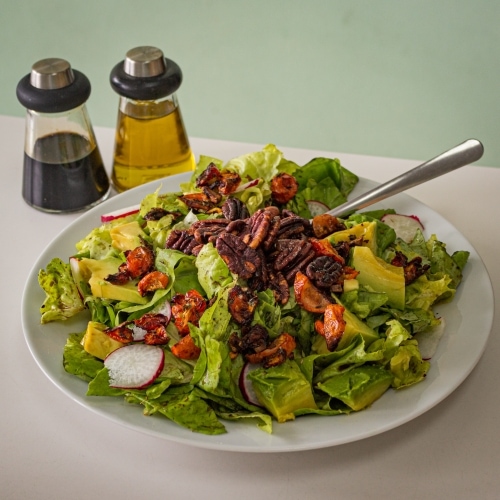
Balsamic Vinegar FAQ
How long does balsamic vinaigrette salad dressing last?
For store-bought balsamic vinaigrette dressing, the “best by” date on the label is the best way to learn how long is the shelf life of your dressing.
Most store-bought dressings have a bunch of extra ingredients to make sure the dressing lasts long and doesn’t separate. Because of that, the shelf life is usually a minimum of 12 months, and often more.
After opening the bottle with the dressing make sure you store it in the fridge and try to use it within a few months. The longer the bottle stays open, the lower the quality.
When it comes to homemade salad dressing based on balsamic vinegar, it depends on the ingredients that you use. If you only use vinegar, olive oil, and some seasonings, it will last weeks (but separate within hours). If there are some veggies in the recipe, try to use it within a few days.
Homemade salad dressing is best when fresh, so it’s best always to make only as much dressing as you need for a single meal.
Rotten Records: Share Your Snap!
Caught some food past its prime? Upload your photo to “Rotten Records” and help others spot the signs of spoilage. Every image makes our food community safer and more informed!
